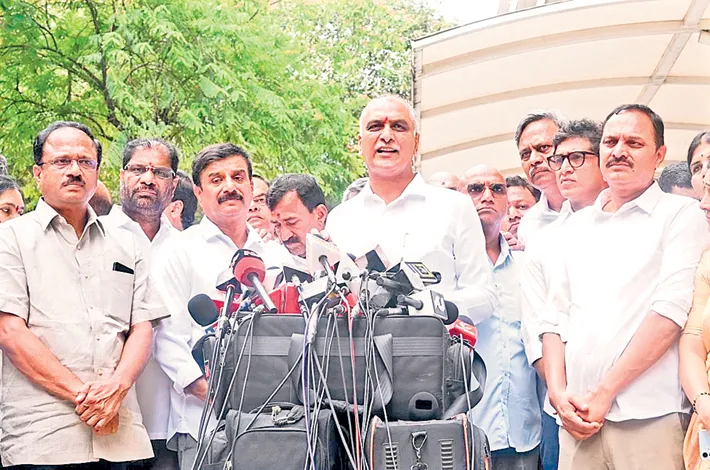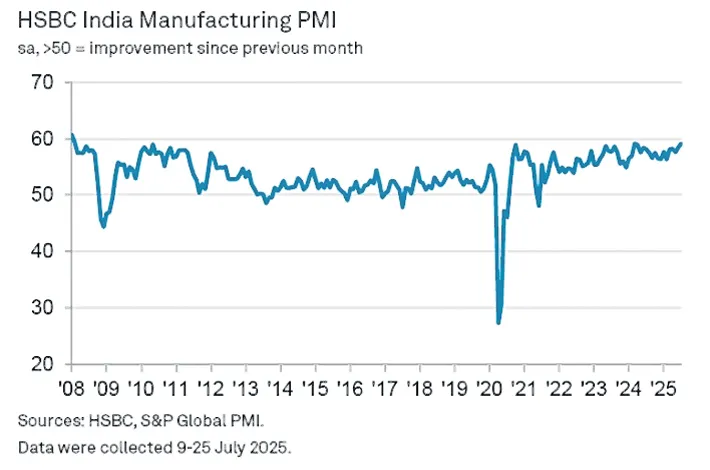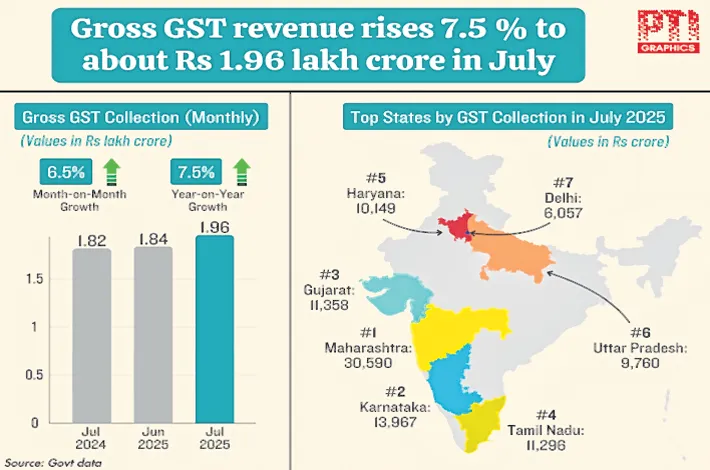Harish Rao defends Kaleshwaram, says project is Telangana Lifeline
10-06-2025 12:00:00 AM

metro india news I hyderabad
Former Minister for Irrigation and BRS MLA T. Harish Rao, appeared before the Justice P.C. Ghose-led Commission on Monday as part of the ongoing inquiry into the Kaleshwaram Lift Irrigation Project (KLIP). The inquiry lasted approximately 40 minutes, during which Rao was posed nearly 20 questions and several sub-questions relating to technical, financial, and administrative aspects of the project.
After asked by the Commission, Rao explained the rationale behind shifting the intake point of the project from Tummidi Hatti to Medigadda. He said after formation of state in 2014, the newly formed Telangana government had initially explored all possibilities to retain the original location, but the Congress-led Maharashtra government, particularly then Irrigation Minister Hasan Musharraf, refused to grant permission for the proposed height of 152 meters.
Even after the BJP came to power in Maharashtra, efforts led by the then Chief Minister K. Chandrashekar Rao to secure approval were unsuccessful, with Maharashtra CM Devendra Fadnavis stating that he had opposed the project for years and could not change his stance.
Highlighting the failure of the previous Congress government, Harish said it neither secured inter-state agreements nor obtained clearances or land for over seven years in the combined state. He added that environmental issues such as the Chaprala Wildlife Sanctuary in Maharashtra would have required a decade-long legal battle in the Supreme Court for clearances. Citing technical advisories from the Central Water Commission (CWC) and a site survey by WAPCOS, Harish said Medigadda was identified as a more viable and water-abundant alternative.
On funding and execution, the former irrigation minister defended the creation of the Kaleshwaram Irrigation Project Corporation Limited stating it was established with full Cabinet approval to mobilize resources and expedite the project. He refuted claims of mismanagement and noted that the BRS government had considered selling surplus water to repay loans and ensure the project’s financial sustainability.
He also addressed questions on changes to the location of Annaram and Sundilla barrages, saying these were technical decisions made by engineers based on feasibility surveys. Rao submitted comparative evidence from other national irrigation projects to reinforce this point.
Harish outlined the scale and functionality of KLIP: 3 barrages, 15 reservoirs, 19 substations, 21 pump houses, 203 km of tunnels, 1,531 km of gravity canals, 98 km of pressure mains, 530 meters of lift, 141 TMC storage capacity, and 240 TMC water consumption. He highlighted that Congress government’s current projects, including Gandhamalla and Hyderabad’s drinking water and Musi River beautification initiatives, all rely on KLIP infrastructure, particularly Mallanna Sagar.
He stressed that all submissions made to the Commission—including Cabinet decisions, WAPCOS reports, and letters from the Central Water Commission—were submitted in the form of documentary evidence. “Not a single point was made verbally; every statement was backed by proof,” he told the Commission, firmly asserting that the Kaleshwaram Project will continue to be the lifeline of Telangana and that the people fully recognize its long-term importance.
Speaking to the media at BRK Bhavan after his deposition, Harish Rao stated that every answer provided to the Commission was backed by detailed documentation and official records. Accompanying him were several BRS MLAs, members of the party’s legal team, and a large number of supporters who gathered in a show of solidarity.








